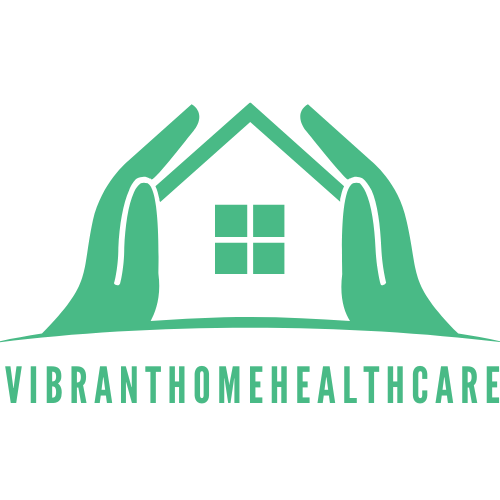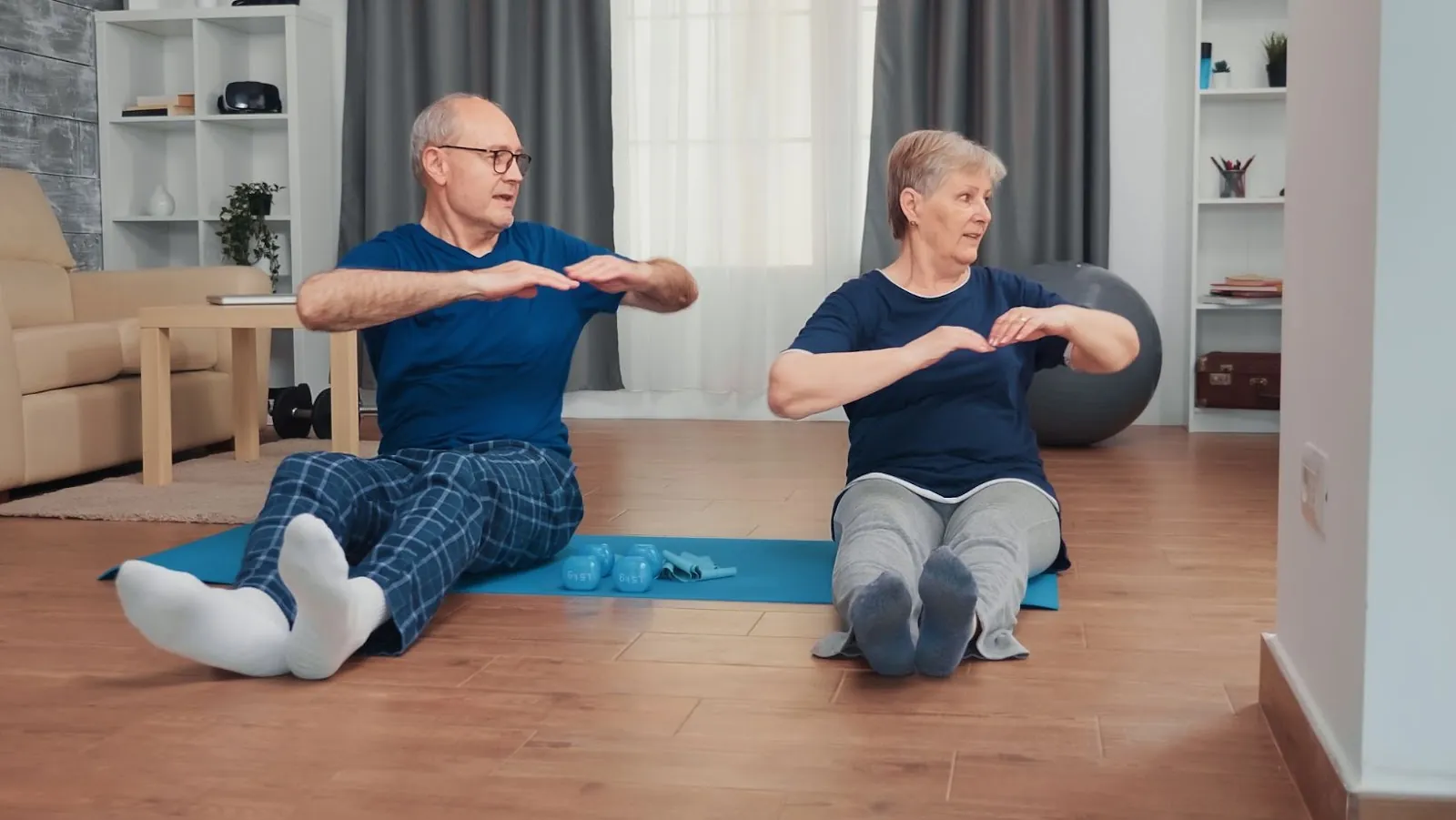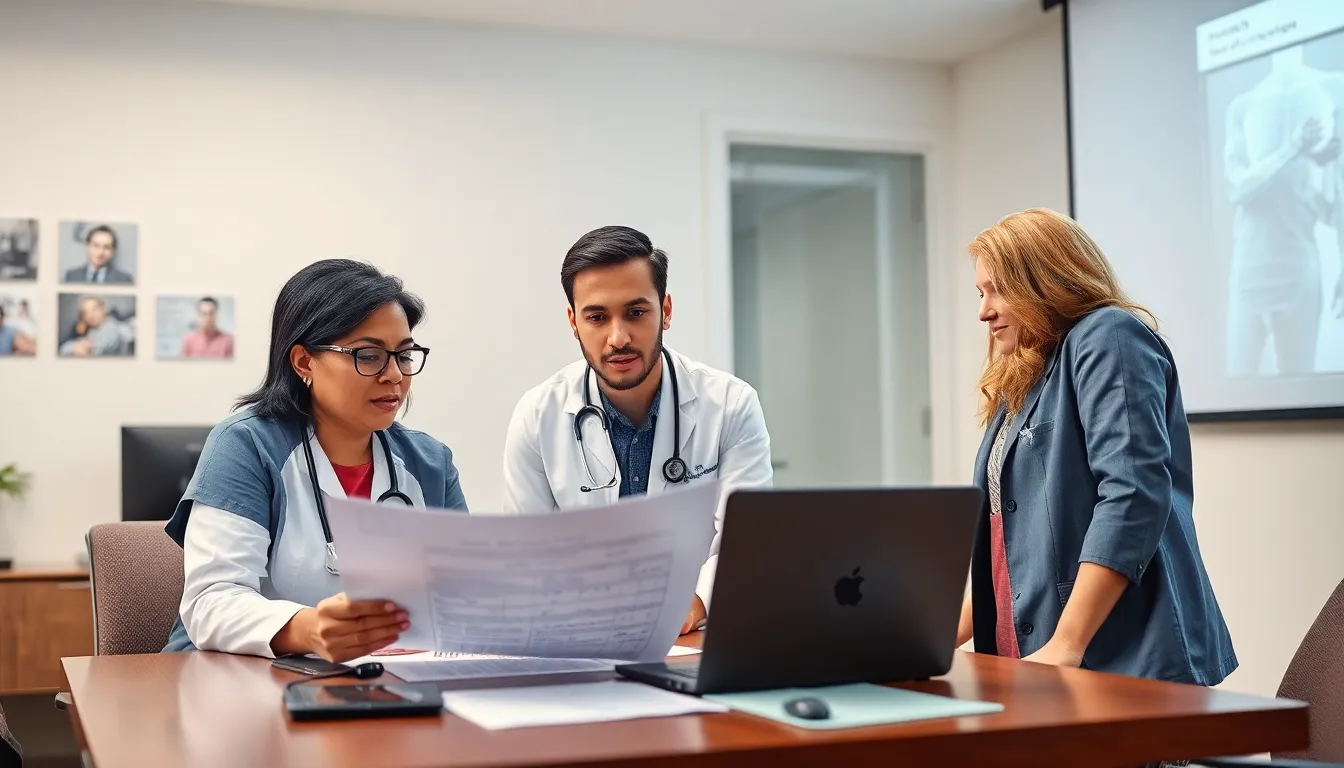One of the most critical aspects of preserving independence, confidence, and health as we age is staying mobile. The best thing is that you do not necessarily have to join a gym or even vigorously workout to both be and remain mobile in your later years. Simple movement in your home on a regular basis can improve your comfort, balance, and quality of life tremendously.
Let’s review some simple, practical routines that help seniors remain active, and strong, and keep control of their lives from home.
Table of Contents
ToggleWhy Mobility Matters in the Golden Years
Mobility is not only the ability to get up and move — it’s directly related to independence. When mobility becomes difficult it can feel overwhelming to do anything from cooking, dressing, or even getting out of bed.
As we age we have natural muscle degradation, joint stiffness, balance, and deterioration that has become worse with age. These changes make falls more likely, decrease confidence, and lead to a more sedentary way of life. However, with an appropriate course of action, seniors can regain their movement — and their freedom.
Safety First — Preparing for At-Home Exercises
Before beginning a routine, it is vital to ensure that your environment is safe and comfortable. A few brief preparations will provide a lot of benefit to your surroundings:
- Remove everything from floors and surfaces to make walking pathways free of tripping hazards.
- Use a strong chair or countertop for unexpected support.
- Make sure you have supportive and non-slip footwear.
- Start slow and remember to listen to your body to progress at your own pace.
Even five minutes or ten minutes per day of gentle movement can begin to make a noticeable difference.
Gentle Daily Movements That Make a Big Impact
When it comes to senior mobility, consistency is better than intensity. The following basic exercises are well suited to doing at home and require nothing special in terms of equipment. They can also be done at any level of ability.
1. Legs Lifts as Seated
Sit up in a chair so that your back is straight and feet are flat. Raise one leg slowly straight in front of you. Hold it out there for a couple of seconds and then lower it down. Do the same on the other side.
Benefits: Builds hip flexors and thigh strength and balance while walking.
2. Ankle Circles and Foot Flexes
While seated, slightly lift one foot off of the floor and rotate your ankle in slow circles. Now flex and point your toes. Switch feet.
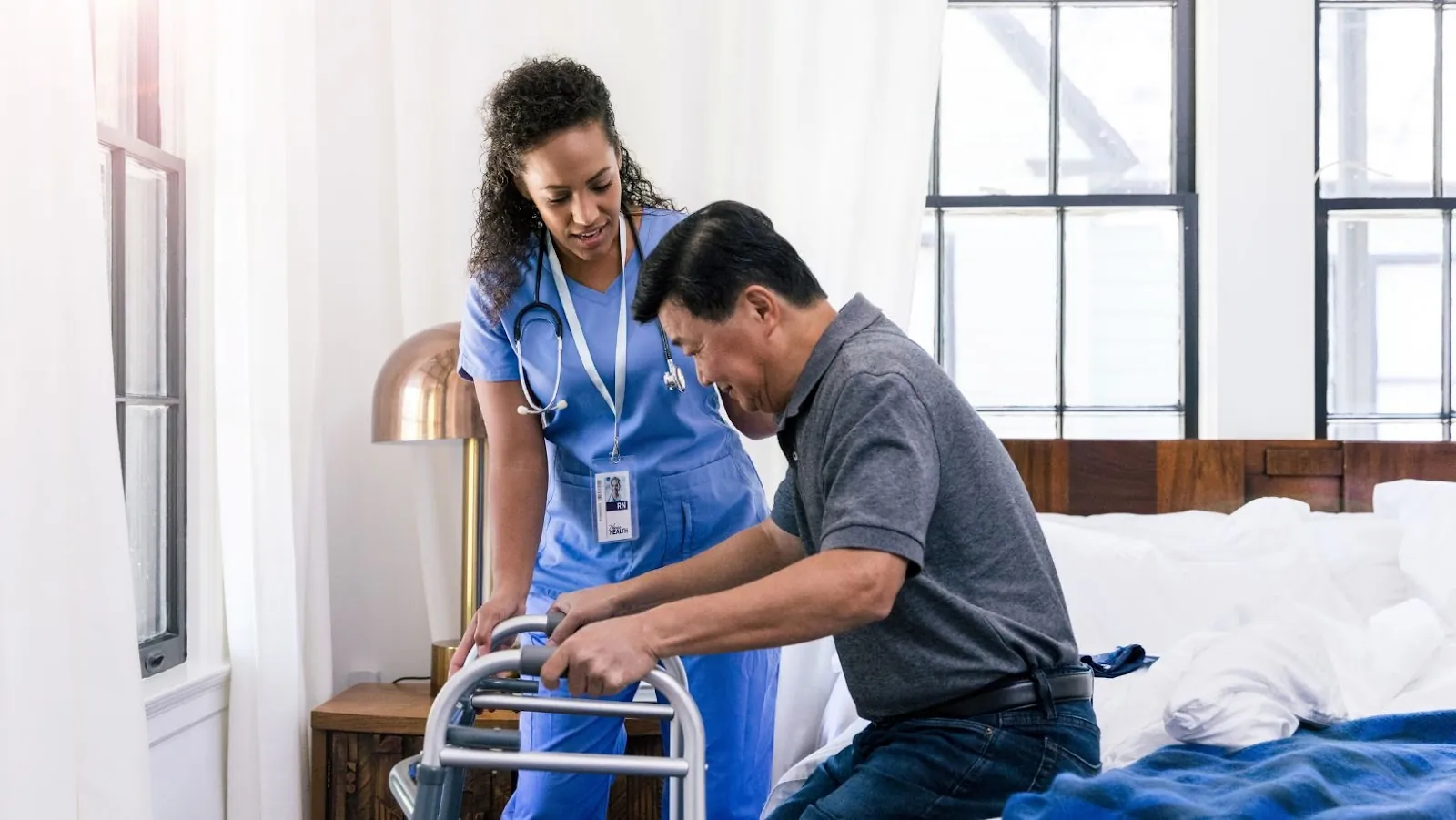
Benefits: Increases circulation and keeps the ankles mobile (important if you sit for long bouts of time).
3. Wall Push-Ups
Stand about two feet from a wall, hands at shoulder height. Bend at the elbow, lean in, then push back.
Benefits: Develops upper body strength, which is beneficial for posture and completing actions in everyday life such as reaching and lifting.
4. Standing Marches
While holding a countertop chair, lift one knee at a time in a marching motion.
Benefits: Great way to work on coordination, balance, and increase blood flow, all without leaving the house.
Supporting Hip Health Through Smart Movement Choices
Hips are one of the most often overlooked factors concerning mobility for seniors. When the hip flexors are tight, it leads to uncomfortable walking and a shorter stride and balance challenges. The tightness associated with hip flexors tends to happen over the years and it is common among individuals with occupations involving long periods of sitting.
Just light stretching can do wonders. If you don’t have a regular stretching routine I would recommend to you that you incorporate some hip flexor stretches in your daily movement routine. Hip flexor stretches are one of the most beneficial ways to work on flexibility in this area. When you are working on minor hip flexor stretches these movements rely on very simple movements, slowly engaging the tight muscles in the front of the hips. This is especially useful as these minor movements can improve walking posture and lessen sudden shifts to the lower back weight bearing and bounce.
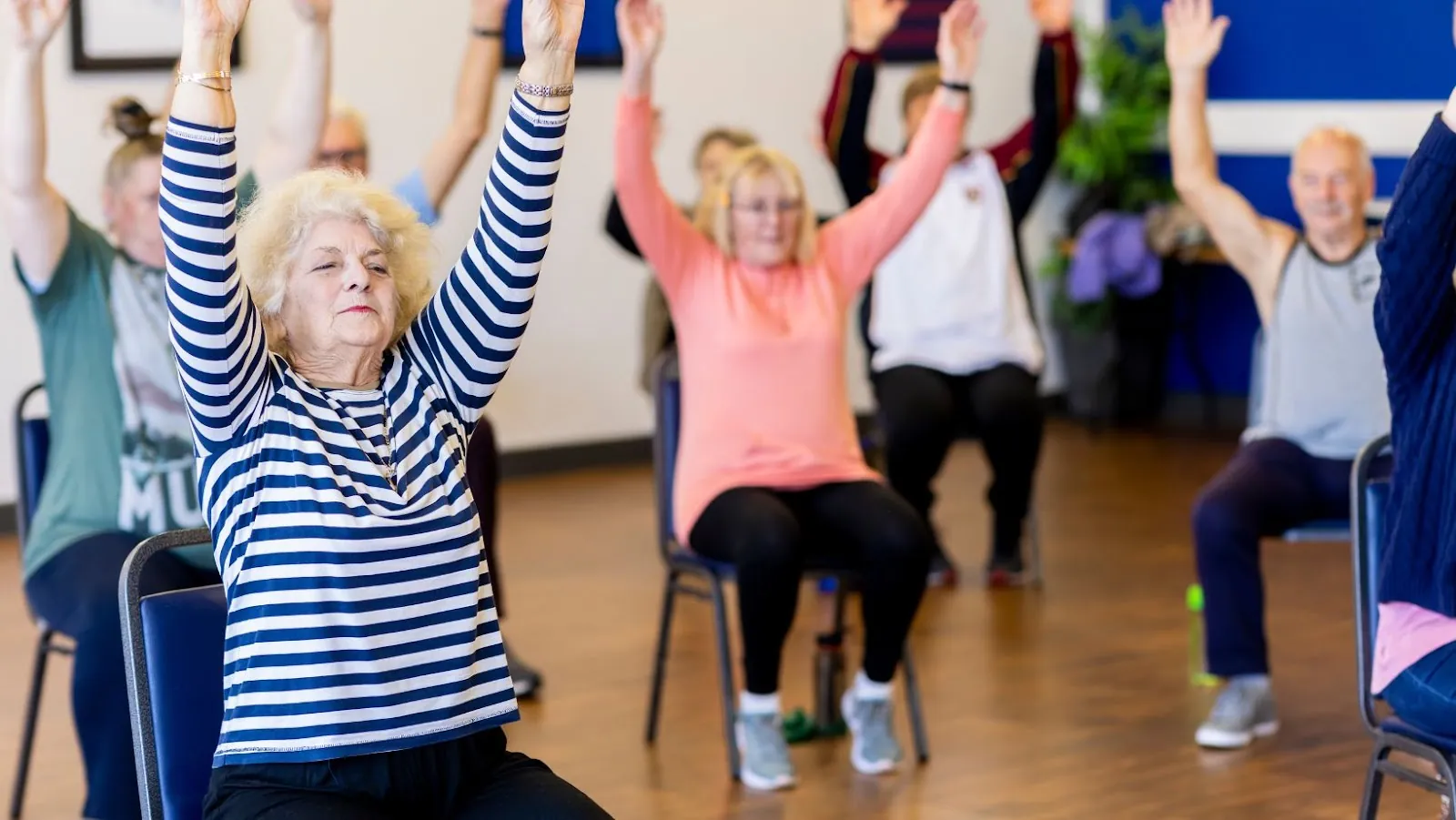
Keeping the hips open and moving well not only makes walking easier but helps seniors feel more stable, confident, and pain-free throughout the day.
Staying Consistent Without Overdoing It
The best routines are those that stick. Instead of trying long or complicated workouts, think about short, easily accomplished bouts of activity that you can expect to do a few times a week.
Here are some ideas that work:
- Choose a routine time, such as stretching after your morning coffee, or marching during commercial breaks on TV.
- Make it easy – even 10 minutes counts.
- Acknowledge progress, however small.
Movement is medicine. You are not just exercising – you are investing in your independence.
Encouraging Independence Through Movement
Movement has also been shown to have a positive effect in regards to mental health. A number of seniors who remain active share better moods, more mental acuity, and decreased anxiety about falling and losing function.
These small daily efforts reinforce a sense of control over your body — and your life. If you are a caregiver, encourage those you support to also incorporate movement into their routine for their excellent self-care.
Movement does not have to be complex or difficult. Sometimes, the simplest actions — a few stretches, a quick walk, a sitting leg lift — can help reclaim a sense of freedom and comfort with your own body.
Conclusion
Being physical mobile as we age is about much more than movement; it’s about keeping our independence, confidence, and dignity intact. Including a few easy, at-home daily movement routines can help older adults with better balance, reduced stiffness, or simply a healthier, freer way to function in their daily life.
No need for fancy equipment or killer workouts — just a bit of commitment, space to move, and the belief that it is never too late to keep your body working for you.
